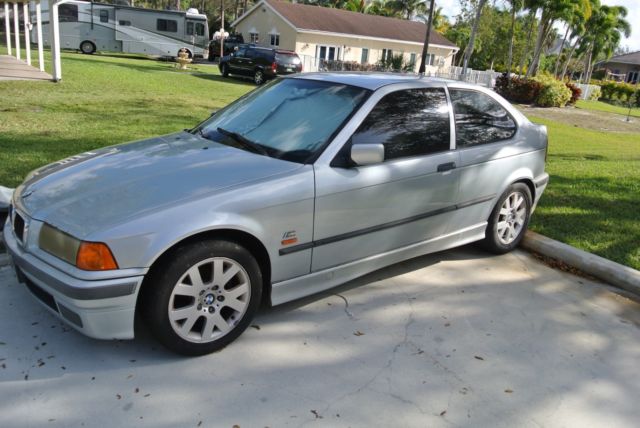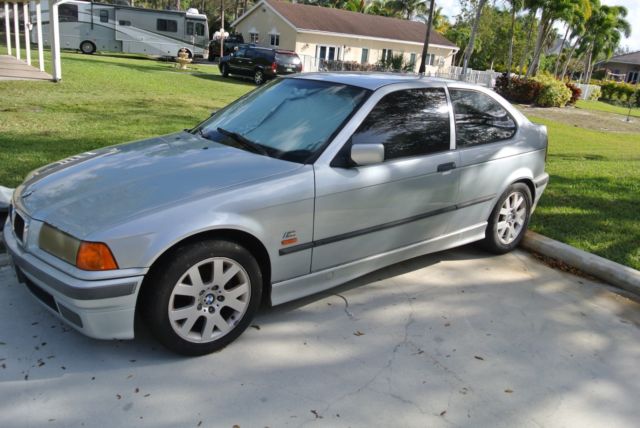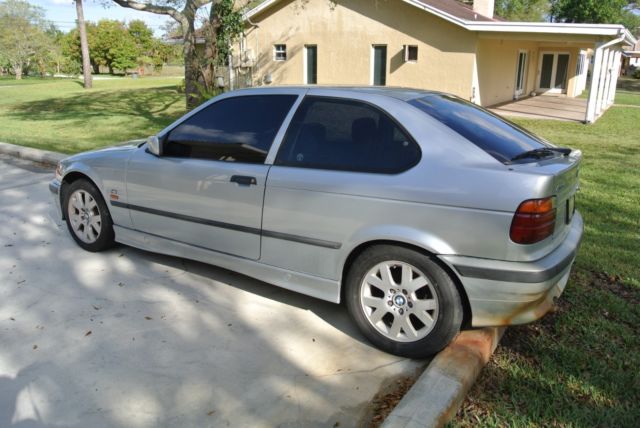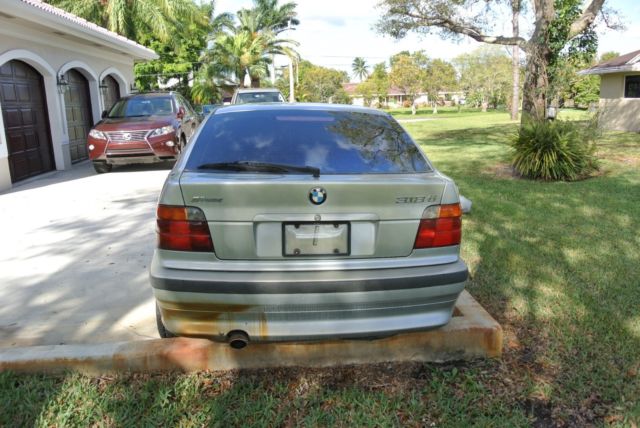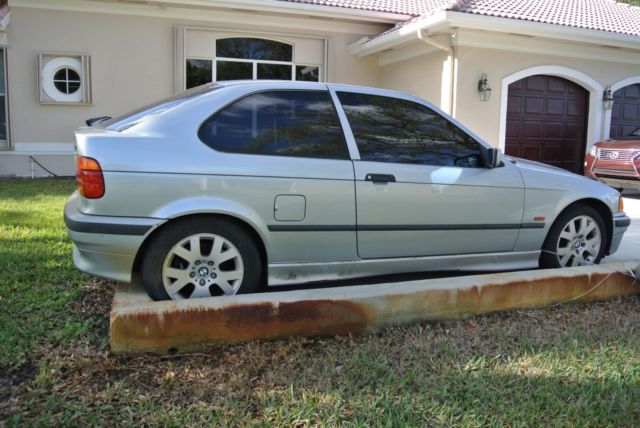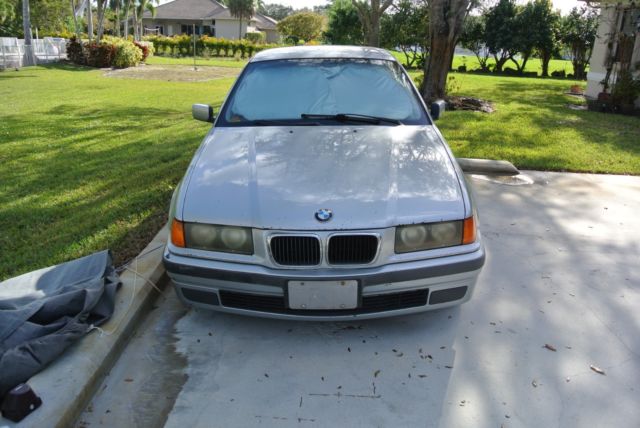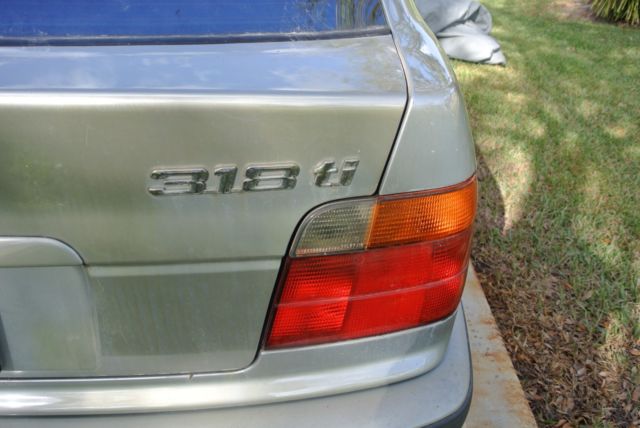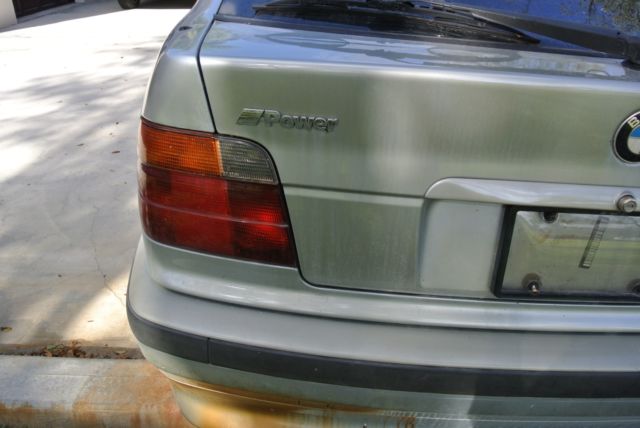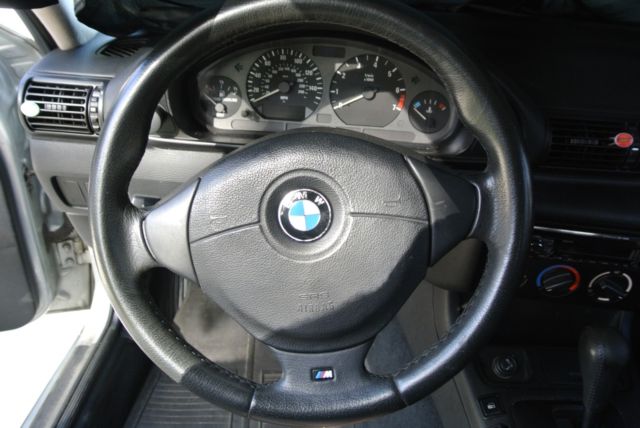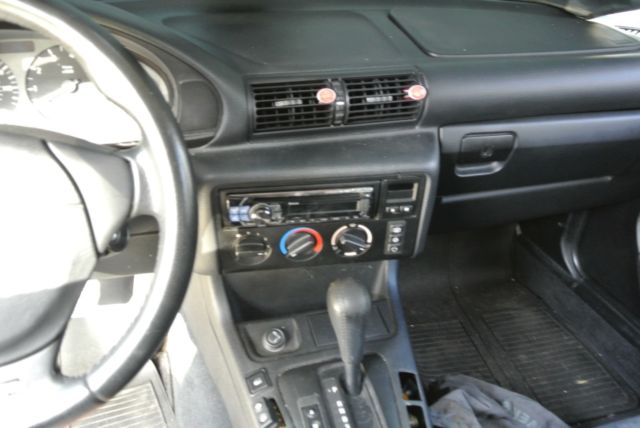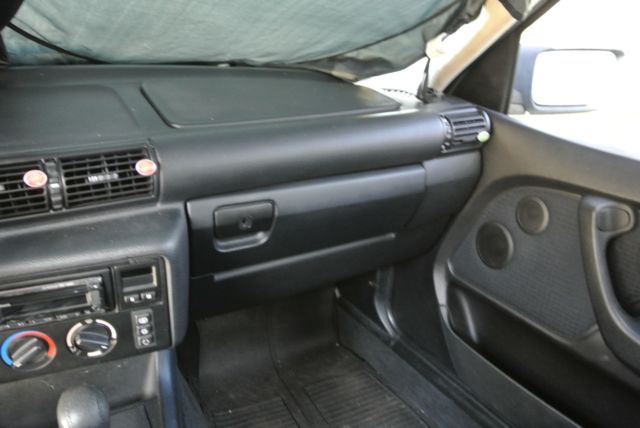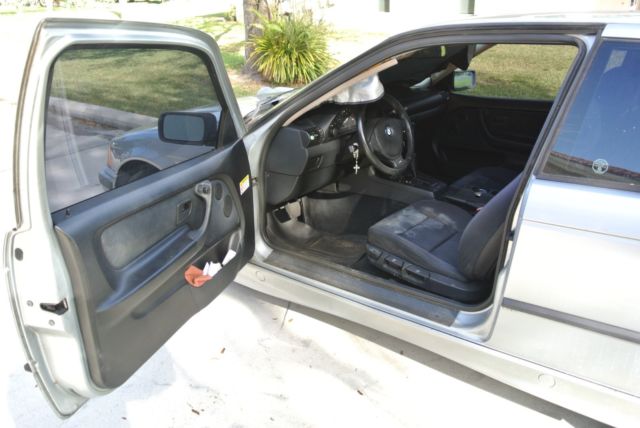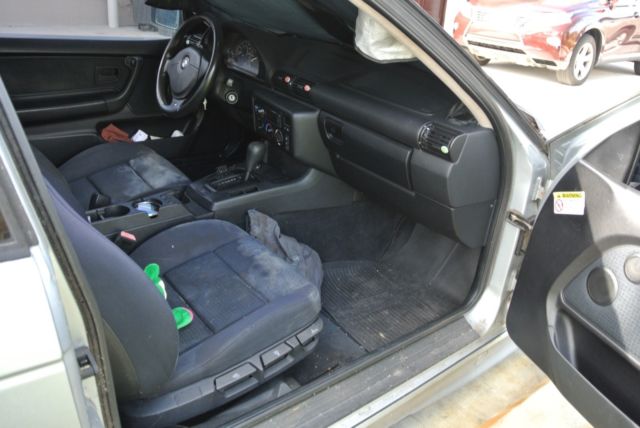BMW 318 TI 1997 SILVER RARE MODEL GREAT PROJECT CAR SERIES 3 (E36) 1.8 LITERS
- Make: BMW
- Model: 3-Series
- Type: Coupe
- Year: 1997
- Mileage: 170,000
- VIN: WBACG8321VAU39923
- Color: SILVER
- Engine size: 4 CYLINDERS
- Number of cylinders: 4
- Power options: Air Conditioning, Power Locks
- Fuel: Gasoline
- Transmission: Automatic
- Interior color: BLACK
- Safety options: Anti-Lock Brakes, Driver Airbag, Passenger Airbag, Side Airbags
- Options: 4-Wheel Drive, Cassette Player, CD Player
- Vehicle Title: Clear
- Interested?
1997 BMW 3-Series Description
Hello Today Im selling my 1997 BMW 318TI with automatic transmission NEED TO BE REPAIR CAR IS SOLD AS IS BUYER RESPONSABLE TO PICK UPEXCELLENT RACE CAR PROJECT NO RESERVE318 TI
From the front bumper to the A pillar, the 3 Series Compact is identical to the BMW 3 Series (E36) saloon. As with the entire E36 range, the E36/5 also shares an identical wheelbase. From the A pillar rearwards, the E36/5 is unique from others in the E36 range.
The E36/5 shares its suspension with the BMW Z3; the front suspension employs the E36's standard MacPherson strut design, while the rear suspension uses a semi trailing arm from the previous model BMW 3 Series (E30).
The E36/5 made use of the older semi-trailing arm rear axle, as opposed to the E36's Z-Axle Multi-link suspension. As the trailing arm design was smaller, it allowed for a lower trunk floor height, fold-down rear seats, and an exterior undermounted compact spare tire.
The inherent design of the trailing arm suspension was that it favoured oversteer. Consequently, the BMW 3 Series Compact received mixed reviews from the automotive press; with some claiming the chassis was the most balanced of the E36 range, whilst others said that the car wandered and darted in a straight line, and was uncomposed in the corners.[citation needed]
Engines and performance[edit]In North America, the sole engine available was the DOHC 1.8 litre, 138bhp (103kW; 140PS) inline-four BMW M42 engine for the 1995 model year. In 1996, to make the car compliant with OBD-II, the engine was replaced by the 1.9 litre M44 unit.
Outside North America, consumers had a wider range of engine choices. The 316g could run on compressed natural gas or on petrol; when using gas it produced about 20% less power. The 316g was a strict two-seater, as the rear seat area was taken up by the gas cylinder.
if need more information please contact 305 4988176
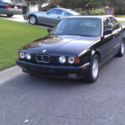 EXTREMELY RARE 1989 BMW 535iM. Great project car..
EXTREMELY RARE 1989 BMW 535iM. Great project car..
Mileage: 300,000
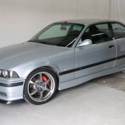 1997 BMW 3 Series M3 94,950 Miles Silver
1997 BMW 3 Series M3 94,950 Miles Silver
Mileage: 94,950
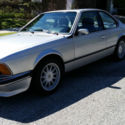 1981 BMW 635csi, us car, euro model, auto, no sunroof, rare car, great condition
1981 BMW 635csi, us car, euro model, auto, no sunroof, rare car, great condition
Mileage: 191,000
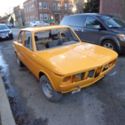 1971 Orange Restored and Repainted Round Lights Rare Great Project
1971 Orange Restored and Repainted Round Lights Rare Great Project
Mileage: 99,999
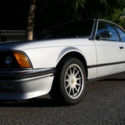 1981 BMW 635csi, us car, euro model, auto, no sunroof,rare,runs great,collector!
1981 BMW 635csi, us car, euro model, auto, no sunroof,rare,runs great,collector!
Mileage: 191,000
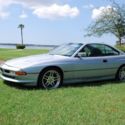 1997 BMW 840CI E31 74K Miles Silver Automatic Great Shape Super Car
1997 BMW 840CI E31 74K Miles Silver Automatic Great Shape Super Car
Mileage: 74,000
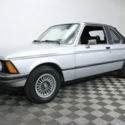 1978 Silver EXTREMELY RARE EURO MODEL. TARGA CABRIOLET!!
1978 Silver EXTREMELY RARE EURO MODEL. TARGA CABRIOLET!!
Mileage: 36,310
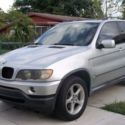 BMW X5 MODEL 2003 SILVER FOR SALE BY OWNER GREAT DEAL X5 BODY STYLE SPORT WAG
BMW X5 MODEL 2003 SILVER FOR SALE BY OWNER GREAT DEAL X5 BODY STYLE SPORT WAG
Mileage: 130,000
 Bmw, 3-series, with RARE i-drive, in great shape and reliable.
Bmw, 3-series, with RARE i-drive, in great shape and reliable.
Mileage: 153,000
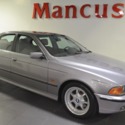 1997 BMW 5 Series 540i 108665 Miles Aspen Silver Metallic Sedan V8 4.4L Manual
1997 BMW 5 Series 540i 108665 Miles Aspen Silver Metallic Sedan V8 4.4L Manual
Mileage: 108,665
